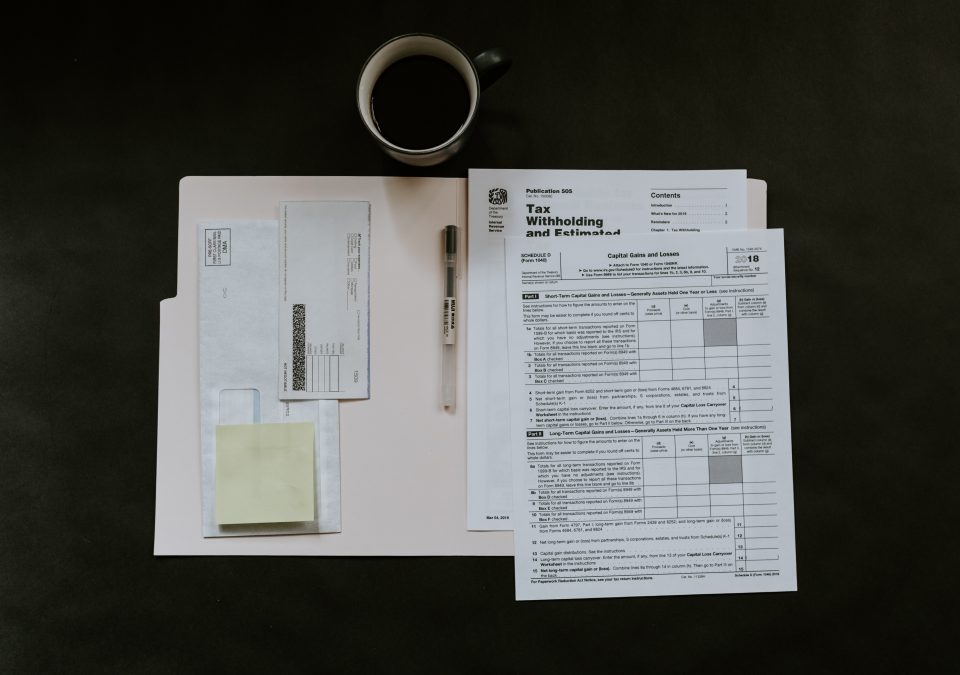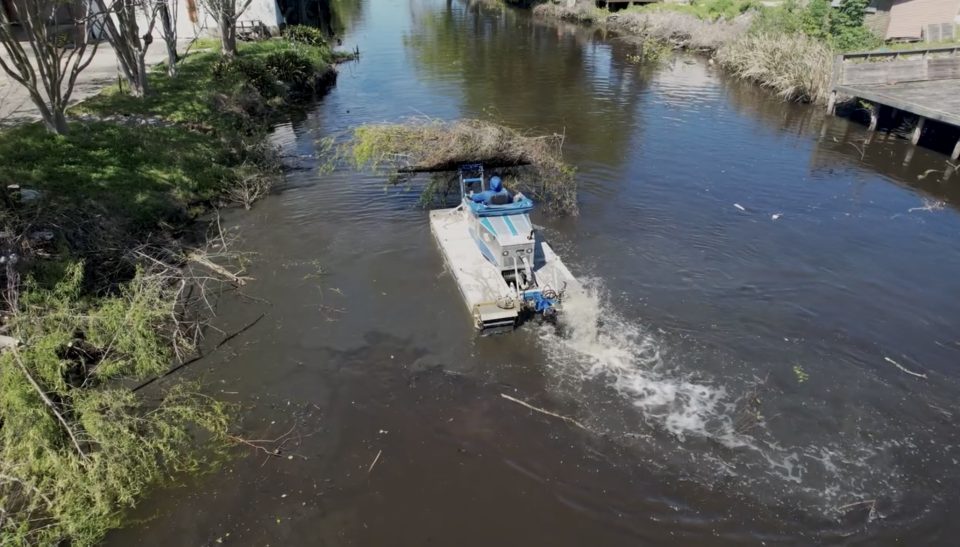
Join in the Holiday Fun with our Christmas Light Scavenger Hunt!
December 23, 2021
Richard “Ricky” Lee Comeaux
December 23, 2021Victims of Hurricane Ida in six states now have until February 15, 2022, extended from January 3, to file various individual and business tax returns and make tax payments, the Internal Revenue Service announced.
The updated relief covers the entire states of Louisiana and Mississippi, as well as parts of New York, New Jersey, Connecticut and Pennsylvania. The current list of eligible localities is always available on the Around the Nation section of the disaster relief page on IRS.gov.
The updated relief postpones various tax filing and payment deadlines that occurred starting on dates that vary by state:
- August 26, 2021 for Louisiana,
- August 28, 2021 for Mississippi,
- August 31, 2021 for Pennsylvania and
- September 1, 2021 for New York, New Jersey and Connecticut.
As a result, affected individuals and businesses will have until February 15, 2022, to file returns and pay any taxes that were originally due during this period. This means individuals who had a valid extension to file their 2020 return that ran out on October 15, 2021, will now have until February 15, 2022, to file. The IRS noted, however, that because tax payments related to these 2020 returns were due on May 17, 2021, those payments are not eligible for this relief.
The February 15 extended deadline also applies to quarterly estimated income tax payments that were due on September 15, 2021, and January 18, 2022. This means that taxpayers in these areas can now skip making their estimated tax payments for both the third and fourth quarters of 2021 and instead include them when they file their 2021 return.
The February 15 deadline also applies to the quarterly payroll and excise tax returns normally due on November 1, 2021, and January 31, 2022. Businesses with an original or extended due date also have the additional time including, among others, calendar-year partnerships and S corporations whose 2020 extensions ran out on September 15, 2021, and calendar-year corporations whose 2020 extensions ran out on October 15, 2021. It also applies to calendar-year tax-exempt organizations whose 2020 extensions ran out on November 15, 2021.
The Disaster Assistance and Emergency Relief for Individuals and Businesses page has details on other returns, payments and tax-related actions qualifying for the additional time.
The IRS automatically provides filing and penalty relief to any taxpayer with an IRS address of record located in the disaster area. Therefore, taxpayers do not need to contact the agency to get this relief. However, if an affected taxpayer receives a late filing or late payment penalty notice from the IRS that has an original or extended filing, payment or deposit due date falling within the postponement period, the taxpayer should call the number on the notice to have the penalty abated.
In addition, the IRS will work with any taxpayer who lives outside the disaster area but whose records necessary to meet a deadline occurring during the postponement period are located in the affected area. Taxpayers qualifying for relief who live outside the disaster area need to contact the IRS at 866-562-5227. This also includes workers assisting the relief activities who are affiliated with a recognized government or philanthropic organization.
Individuals and businesses in a federally declared disaster area who suffered uninsured or unreimbursed disaster-related losses can choose to claim them on either the return for the year the loss occurred (in this instance, the 2021 return normally filed next year), or the return for the prior year (2020). See Publication 547 for details.
The tax relief is part of a coordinated federal response to the damage caused by Hurricane Ida and is based on local damage assessments by the Federal Emergency Management Agency (FEMA). For information on disaster recovery, visit DisasterAssistance.gov.







